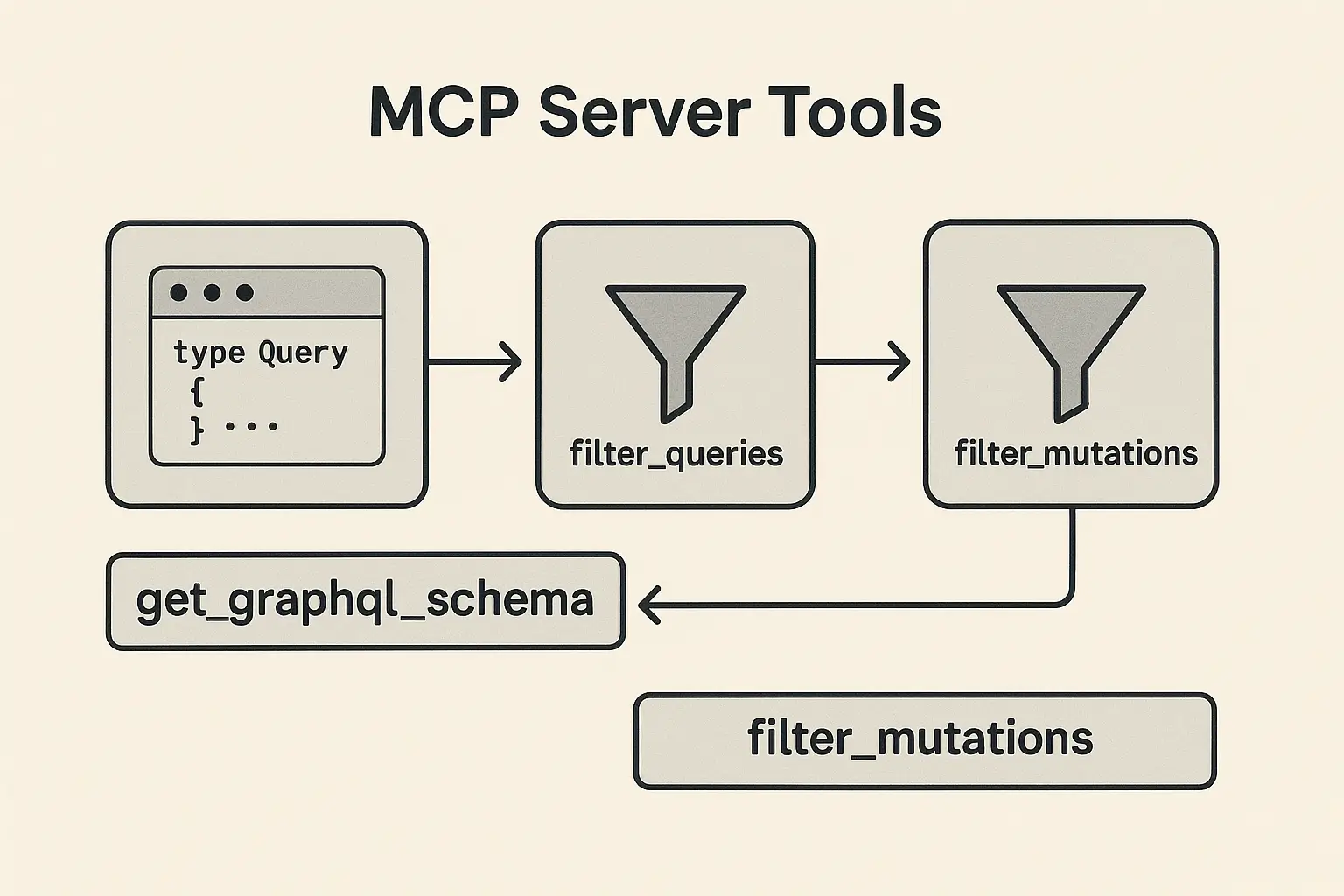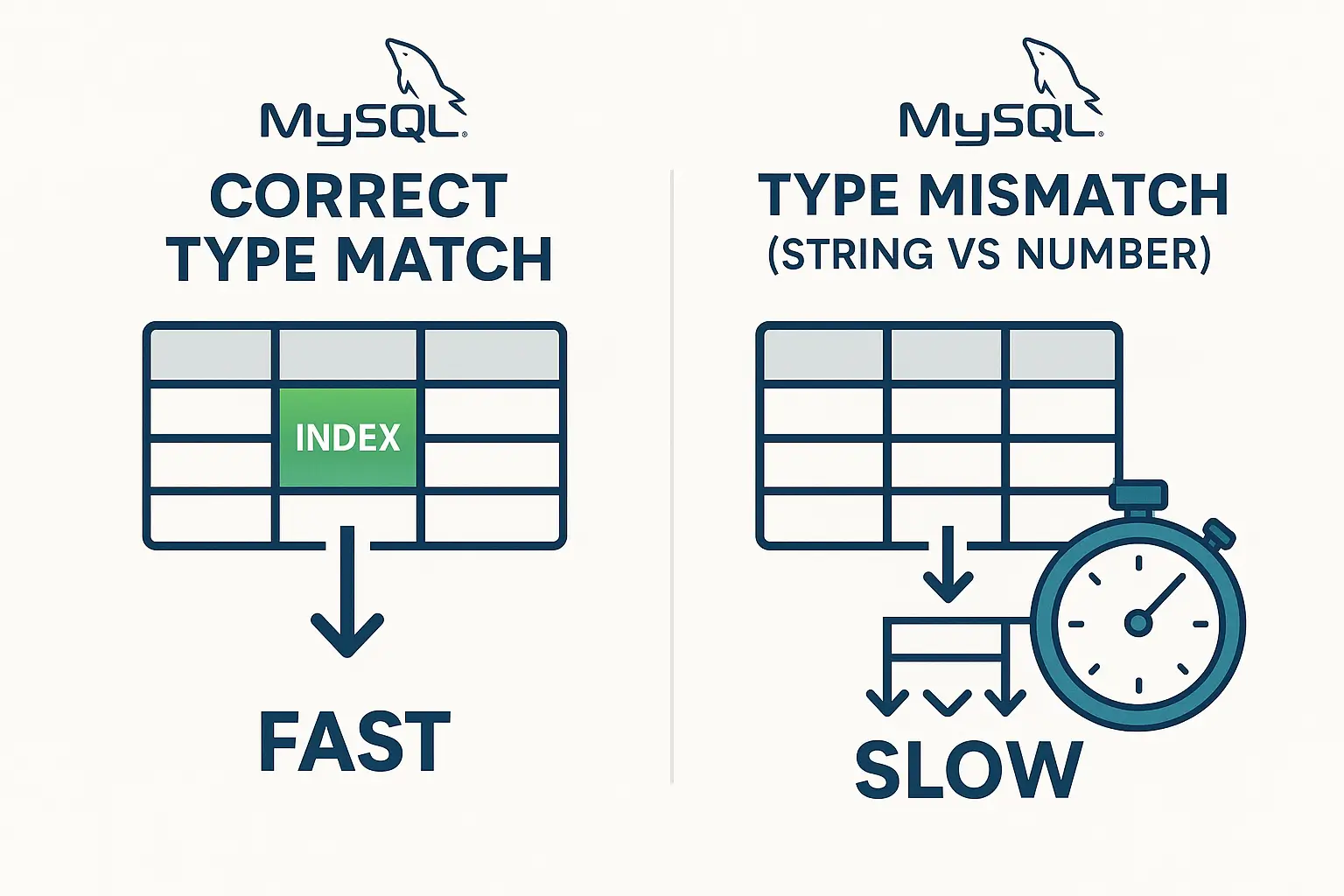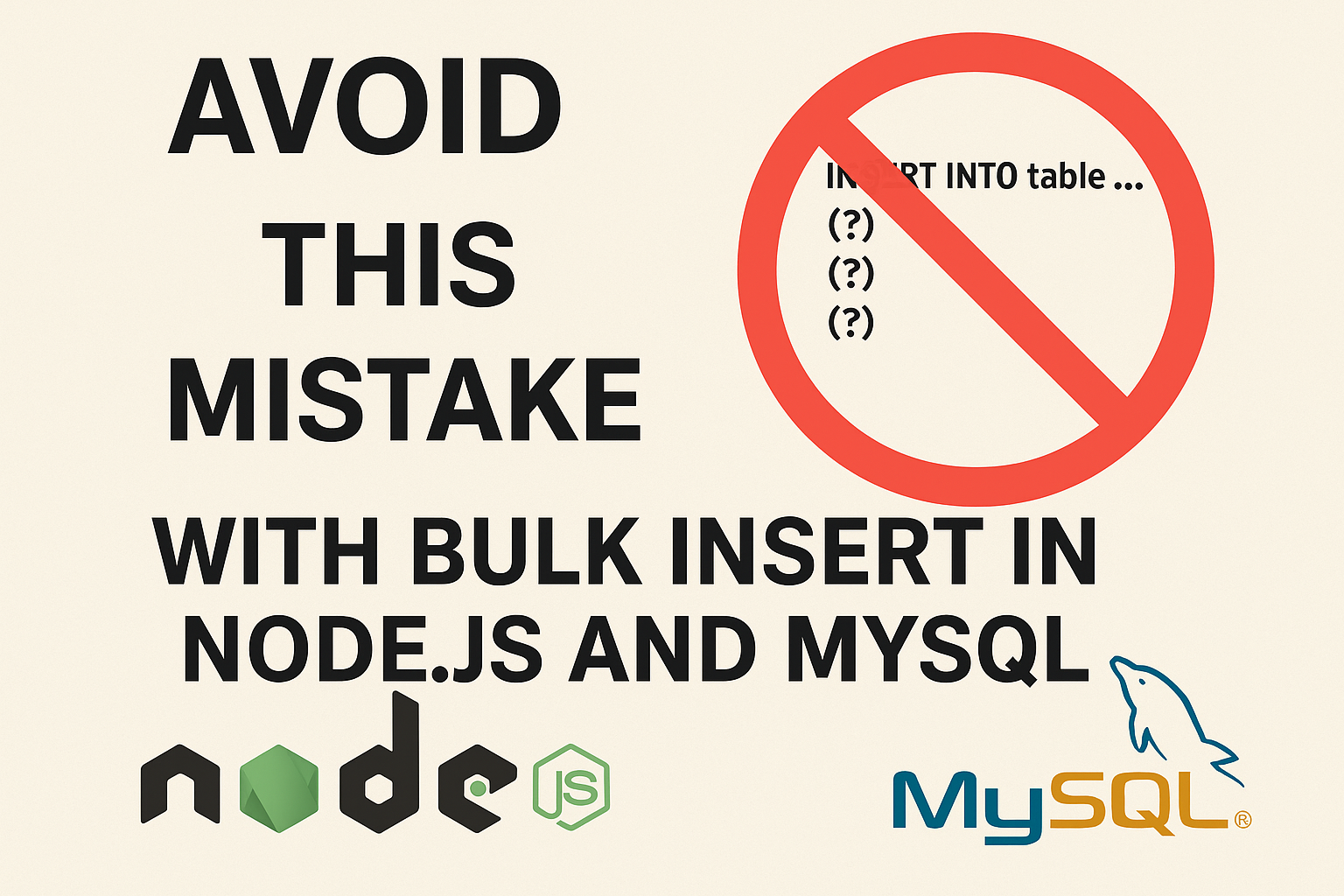Understand Route 53 Active-Active, Network Load Balancer (NLB), and Application Load Balancer (ALB) – A Detailed Comparison
Route 53 Active-Active, Network Load Balancer (NLB), and Application Load Balancer (ALB) – A Detailed Comparison
When designing and deploying scalable and highly available applications on AWS, choosing the right load balancing and traffic management solution is critical. This comparison outlines the differences between Route 53 in an active-active configuration, Network Load Balancer (NLB), and Application Load Balancer (ALB).

| Feature | Route 53 Active-Active | Network Load Balancer (NLB) | Application Load Balancer (ALB) |
|---|---|---|---|
| Layer of Operation | DNS Layer (Layer 3) | Transport Layer (Layer 4) | Application Layer (Layer 7) |
| Primary Purpose | Global traffic management and DNS-based failover | Load balancing for TCP/UDP traffic, with ultra-low latency | HTTP/HTTPS-based load balancing with advanced routing capabilities |
| Geographic Scope | Global, across multiple regions or data centers | Regional, within a single AWS region | Regional, within a single AWS region |
| Traffic Distribution | Distributes traffic based on DNS policies (latency, geolocation, etc.) | Distributes TCP/UDP traffic based on network-level information | Distributes traffic based on content (e.g., URL path, HTTP headers) |
| WebSocket Support | Not directly supported | Does not natively support WebSocket connections | Fully supports WebSocket connections |
| Health Checks | DNS-based health checks for failover | Network-level health checks on targets | Application-level health checks on targets |
| Failover Mechanism | Automatic DNS failover to healthy endpoints | Automatically reroutes traffic if targets become unhealthy | Stops routing traffic to unhealthy targets within a region |
| Integration with Auto Scaling | Routes traffic to Elastic Load Balancers associated with Auto Scaling | Integrates with Auto Scaling groups for scaling TCP/UDP applications | Integrates with Auto Scaling groups for scaling HTTP/HTTPS applications |
| Latency | Depends on DNS resolution time and geographic distance | Ultra-low latency, suitable for real-time applications | Typically low latency within the region, optimized for web applications |
| SSL Termination | Not applicable | Does not support SSL termination; SSL must be managed by the backend | Supports SSL termination and HTTPS |
| Static IP Support | Not applicable | Supports static IPs and Elastic IPs | Does not support static IPs |
| Traffic Routing | Latency-based, weighted, geolocation, and other DNS-based routing | TCP/UDP routing based on network characteristics | Content-based routing, such as path, host, and headers |
| Cost | Costs associated with DNS queries | Costs based on the amount of data processed and new connections per hour | Costs based on the number of connections and data processed |
| Use Cases | – Multi-region active-active deployments | – Real-time gaming, IoT, and financial applications | – Web applications, microservices, and API gateways |
| Integration with AWS Services | Works across multiple AWS regions and with services like CloudFront | Primarily within a single region, integrates with EC2, ECS, etc. | Primarily within a single region, integrates with EC2, ECS, Lambda |
Summary
- Route 53 Active-Active is best suited for global traffic management, allowing you to distribute traffic across multiple regions and provide high availability and failover capabilities. It is especially useful for multi-region deployments and disaster recovery scenarios but does not directly support WebSocket connections.
- Network Load Balancer (NLB) excels in ultra-low latency scenarios, such as real-time gaming, IoT, and financial applications. It supports static IPs and is ideal for TCP/UDP traffic but does not offer the advanced content-based routing capabilities of an ALB or support for WebSocket connections.
- Application Load Balancer (ALB) is designed for HTTP/HTTPS traffic and provides advanced routing features, including SSL termination and WebSocket support. It is ideal for web applications, microservices architectures, and API gateways.
Each of these services plays a unique role within an AWS architecture, and understanding their differences will help you design a solution that best meets your specific requirements.
Example in the real world
Determining the health of an ELB endpoint is more complex than health checking a single IP address. For example, what if your application is running fine on Amazon EC2, but the load balancer itself isn’t reachable? Or if your load balancer and your Amazon EC2 instances are working correctly, but a bug in your code causes your application to crash? Or how about if the Amazon EC2 instances in one Availability Zone of a multi-AZ ELB are experiencing problems?
Amazon Route 53 DNS Failover handles all of these failure scenarios by integrating with ELB behind the scenes. Once enabled, Route 53 automatically configures and manages health checks for individual ELB nodes. Amazon Route 53 also takes advantage of the Amazon EC2 instance health checking that ELB performs (information on configuring your ELB health checks is available here). By combining the results of health checks of your Amazon EC2 instances and your ELBs, Amazon Route 53 DNS Failover can evaluate the health of the load balancer and the health of the application running on the Amazon EC2 instances behind it. In other words, if any part of the stack goes down, Amazon Route 53 detects the failure and routes traffic away from the failed endpoint.
Using Amazon Route 53 DNS Failover, you can run your primary application simultaneously in multiple AWS regions around the world and failover across regions. Your end-users will be routed to the closest (by latency), healthy region for your application. Amazon Route 53 automatically removes from service any region where your application is unavailable – it will pull an endpoint out of service if there is region-wide connectivity or operational issue, if your application goes down in that region, or if your ELB or Amazon EC2 instances go down in that region.





